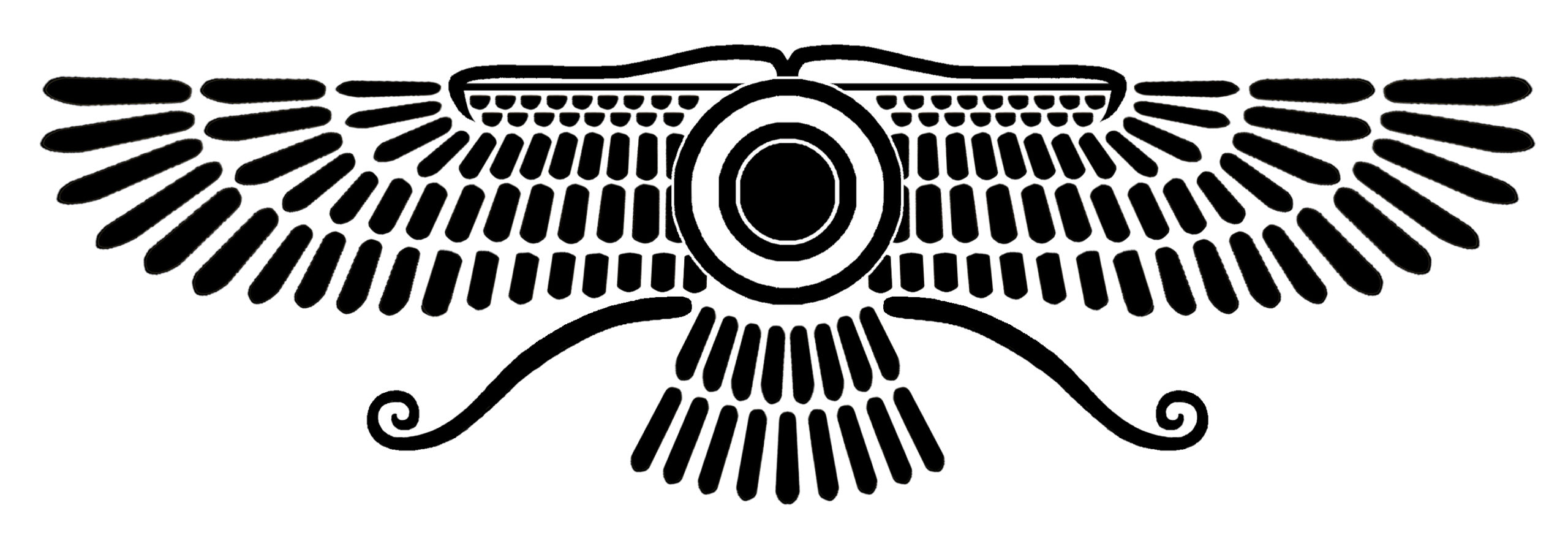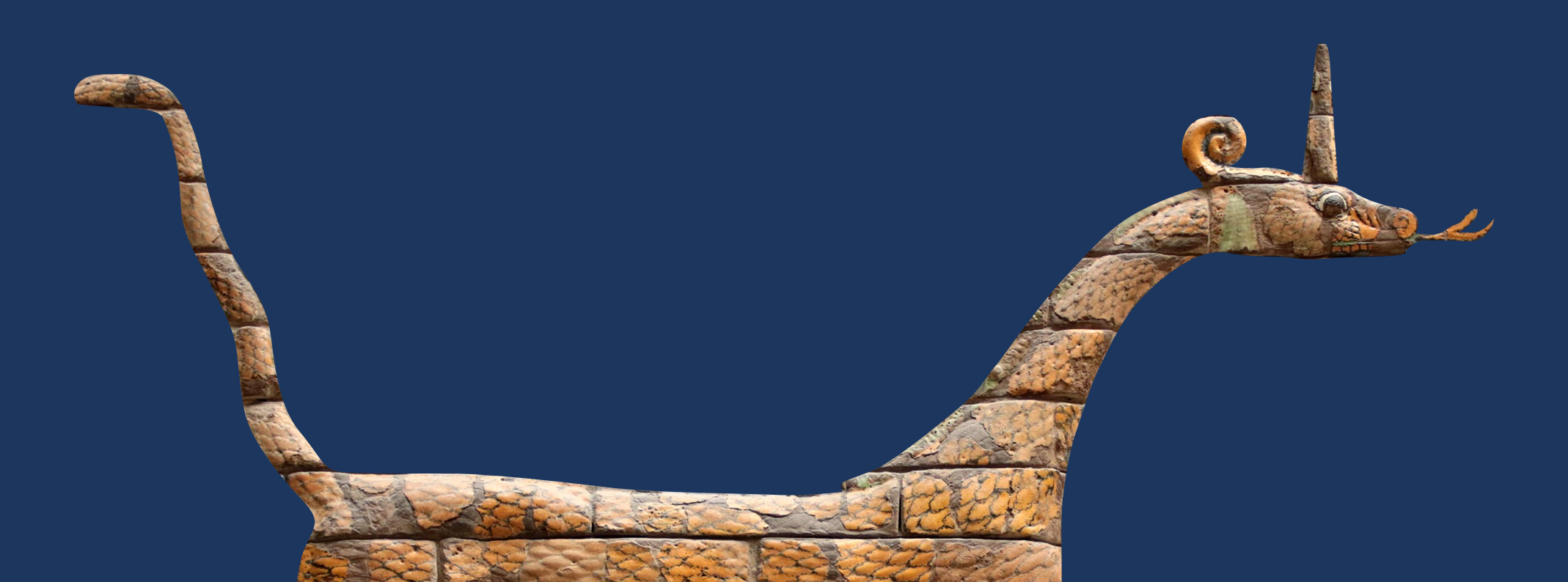Rijksmuseum van Oudheden
Taffeh-zaal
Magical rituals from ancient Mesopotamia
Labeled magical texts by modern research, cuneiform tablets preserving instructions for the performance of apotropaic (and, sometimes, aggressive) rituals form one of the most extensive and varied learned traditions known from the libraries of Babylonian and Assyrian scholars. Reconstructed from numerous fragments, these texts afford a unique insight into ritual strategies for coping with the fundamental uncertainties of life in pre-modern societies.
Daniel Schwemer will give a brief overview of Mesopotamian magic and discuss in more detail an elaborate ritual for the protection of a house and its inhabitants. His talk will explore how the ritual expert of the Bīt mēseri ritual was able to assuage his patients’ fears and overcome their isolation by introducing them to an invisible mythical-ritual world full of powerful allies.
Daniel Schwemer is Professor of Ancient Near Eastern Studies at the University of Würzburg.
Illustration: Assyrian amulet showing a lulal and an ugallu, a pair of monsters popular for apotropaeic depictions in the 7th century BCE (Rijksmuseum van Oudheden inv.no. A 1932/7.131).

